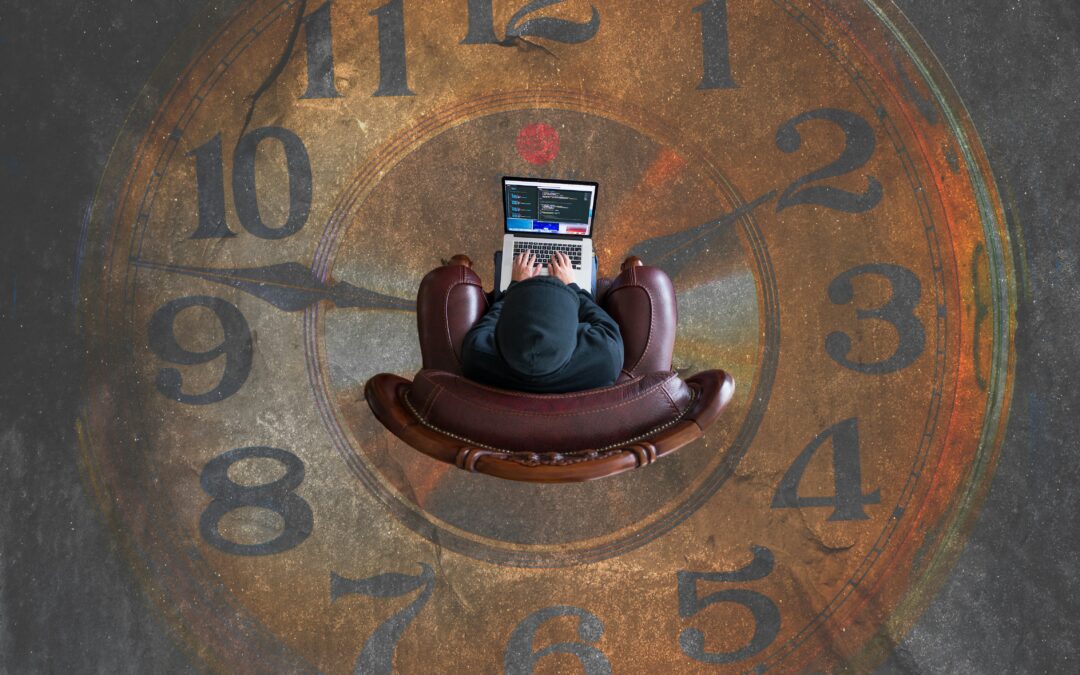“My Kids are Driving Me Crazy”
Wait one minute. Who’s the parent? Who’s in charge here? It is very important to first take three or four deeeeep breaths and then, second, answer these two questions calmly. Of course you are the parent and you are in charge, however, there are certainly times you don’t feel like it.
Many people have heard about using time-out with children, usually when there is some misbehaving going on. Children will often struggle because they are, just like us parents, learning how to get along, navigate relationships, problem-solve etc.. The times when our little adorable ones are finding it difficult to behave quite often seems to coincide with the times we are busy and less able to attend to and respond to them.
Before automatically giving the child a time-out, it is important to give a few cautions, redirections or requests for better behaviour. These do not always result in the behaviour change desired which can then be an opportunity to use effective time-out and time-in. Yes “time-in”. Imagine a sports team taking a time-out without a time-in?
Think of a time-out like a sports coach. He sees something in the game that requires a bit of coaching and re-directing and calls a time-out, offering the players a chance to 1) relax and take a breather, 2) think about what happened and, 3) think about what can be done instead to improve the game. There is then a “time-in”. This is usually where the players are reminded “we’re all on the same team”, “you can do it” and and encouragement of some sort, like “go get ’em”.
For parents, the end of the time-in chat may be like a Robert Munch book that makes many mothers cry… “I’ll Love You Forever”… no matter your behaviour. That’s good coaching. The time-out in sports is short and so too is an effective one for family teams. Maximum time-out is between five and ten minutes, preferably the shorter time. Also, this technique is not usually used until the child is fairly verbal and aware of, and able to complete, behavioural expectations (age 2 or 3 and up).
Effective use of the time-out/time-in teaching or discipline tool does involve attending to the manner or non-verbal way in which it is given. A positive parenting approach to time-out means parents display a relaxed, light face and tone that is delivered at the child’s eye level. A kind, loving and encouraging face and tone go a long way to help children (even spouses) feel more relaxed and willing during time-outs. This also helps family see it as coaching and training rather than as punishment and this style of delivery affirms “we are all on the same team here”.
Sounds easy yet there are many variables such as different parenting styles, family situations and personality traits to consider. If you find you’re struggling more than being helpful, reach out and get an assessment and even some parent-coaching. You can even apply the time-out and time-in process to yourself. Co-parents and couples can also benefit from the process.
For assistance or more information contact us today !

Recent Comments